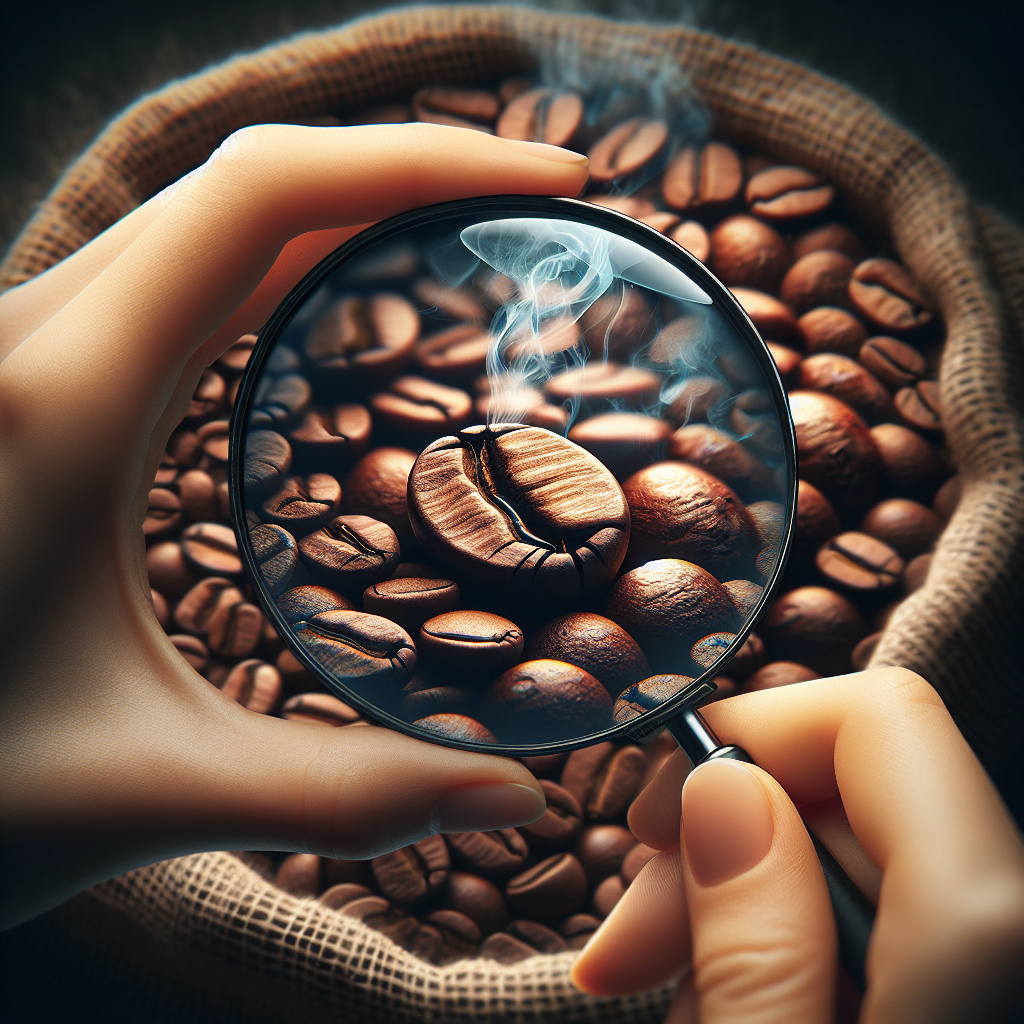Welcome to Caffeinated Blogging, where the aromatic world of coffee gets a spotlight. From brewing techniques to exploring the global coffee culture, we have it all covered. In this article, we will uncover the art of coffee roasting, providing you with techniques and flavors that will elevate your coffee experience. Whether you’re a seasoned coffee enthusiast or just starting your coffee journey, join us as we dive into the captivating world of coffee roasting and discover the limitless possibilities it holds. Get ready to embark on an exhilarating journey through the art and science of roasting coffee beans, where each roast brings forth its unique flavors and complexities. So grab your favorite mug and prepare to be amazed by the rich and diverse world of coffee roasting!
The Art of Coffee Roasting: Techniques and Flavors
Welcome to Caffeinated Blogging, your ultimate destination for all things coffee. In this article, we will explore the fascinating world of coffee roasting. Roasting coffee beans is a crucial step in the coffee-making process as it brings out the delightful flavors and aromas we all love. Join us as we delve into the techniques, flavors, and factors that make coffee roasting an art form.
Roasting Basics
Coffee roasting is the process of transforming green coffee beans into the aromatic and flavorful beans we are familiar with. It is a delicate balance of time, temperature, and skill. The roasting process involves applying heat to the beans, causing chemical reactions that develop unique flavors and aromas.
Types of Coffee Roasts
Coffee beans can be roasted to different levels, resulting in various roasts such as light, medium, and dark. Each type of roast offers its own distinct flavor profile. Light roasts are known for their brightness and acidity, while medium roasts strike a balance between acidity and body. Dark roasts, on the other hand, are rich and full-bodied, with a bittersweet taste.
Roasting Techniques
There are different techniques used in coffee roasting, each with its own impact on the flavor profile of the beans. Some popular techniques include drum roasting, air roasting, and fluid bed roasting. Drum roasting involves roasting the beans in a rotating drum, while air roasting uses hot air to circulate and roast the beans evenly. Fluid bed roasting utilizes a stream of hot air to suspend and roast the beans.
Roast Levels and Their Characteristics
The roast level determines the flavor and aroma of the coffee beans. Light roasts are lightly colored and have a mild flavor, with the natural characteristics of the coffee beans being more pronounced. Medium roasts have a balanced flavor profile, with slightly reduced acidity and enhanced sweetness. Dark roasts result in a bold and robust flavor with a smoky undertone.
Factors Affecting Roast Flavors
Several factors influence the flavor development during the coffee roasting process. The origin of the beans, the altitude at which they were grown, and the processing methods all play a role in the final taste. Additionally, the roasting time and temperature, as well as the airflow during roasting, can significantly impact the flavors that develop.
Achieving Consistency in Roasting
Consistency is key when it comes to coffee roasting. To achieve consistent results, it is essential to carefully monitor the time and temperature during the roasting process. Using a high-quality roasting machine with precise controls can help maintain consistency from batch to batch. Regular cupping sessions and keeping detailed records of each roast can also help in achieving the desired consistency.
Roasting Profiles: Light, Medium, Dark
Light roast profiles are characterized by a shorter roasting time and lower temperatures. This results in beans that retain their origin characteristics, featuring bright acidity, floral notes, and fruity flavors. Medium roast profiles strike a balance between the origin and roast flavors, offering a fuller body and a slightly sweeter taste. Dark roast profiles entail longer roasting times and higher temperatures, resulting in bold and rich flavors with hints of chocolate and caramel.
Understanding Flavor Development
During the roasting process, the beans undergo various chemical reactions that contribute to the development of flavors. Maillard reactions occur between amino acids and sugars, producing desirable flavors such as caramelization and browning. Additionally, the breakdown of complex carbohydrates and the release of volatile compounds contribute to the aroma and taste of the roasted beans.
Experimenting with Different Roasting Methods
Coffee roasting is a highly customizable process, offering endless opportunities for experimentation. As a roaster, you can explore different roasting methods, temperatures, and durations to achieve unique flavors. By experimenting with small batch sizes and carefully monitoring the roasting process, you can unlock new and exciting flavor profiles that cater to your personal taste preference.
Exploring Unique Roast Flavors
Roasting coffee beans opens up a world of flavors waiting to be discovered. With countless varieties of coffee beans available from different regions around the world, each with its own distinct characteristics, the possibilities are endless. By experimenting with different roasting techniques and levels, you can uncover unique flavors that showcase the true potential of the coffee beans. From fruity and floral notes to deep and complex undertones, there is a roast flavor for every coffee lover to enjoy.
In conclusion, coffee roasting is an art form that requires skill, precision, and a passion for flavor. By understanding the basics, exploring different roast profiles, and experimenting with various techniques, you can elevate your coffee roasting game and unlock a world of exquisite flavors. Embark on this exhilarating journey through the art of coffee roasting, and let your taste buds savor the richness and complexity that lies within each bean. Happy roasting!

